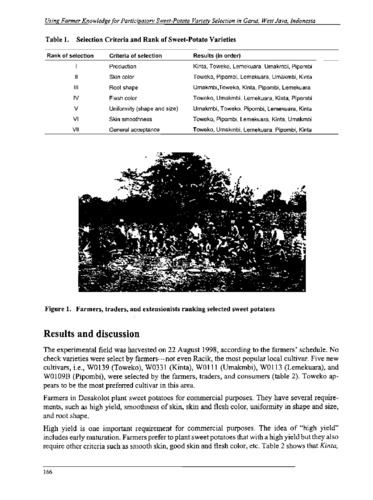Manipulation of apomixis in Brachiaria breeding
Until 10 years ago, genetic improvement of Brachiaria species depended entirely on selection among naturally existing genotypes, genetic recombination being impossible because of prevailing apomictic reproduction. However, recent advances in understanding the genetics and cytogenetics of Brachiaria, and the creation of a tetraploid sexual B. ruziziensis have opened the way for controlled genetic manipulation. Two relevant gene pools are discussed. Genetic recombination is now possible in the B. ruziziensis/B. brizantha/B. decumbens pool. Breeding in the B. humidicola/B. dictyoneura/B. jubata pool awaits the development of a compatible source of sexuality. Present breeding initiatives aim to create apomictic genotypes combining spittlebug resistance and edaphic adaptation with other desirable attributes. Evaluation methods need to be improved. Current breeding schemes for Brachiaria, which are described, seek to exploit apomixis. They are empirical, and are based on general principles of quantitative genetics and our current limited knowledge of the inheritance of reproductive mode and other important traits. Clearer definition of relevant breeding objectives and better evaluation methodology will improve the efficiency and effectiveness of Brachiaria breeding.

